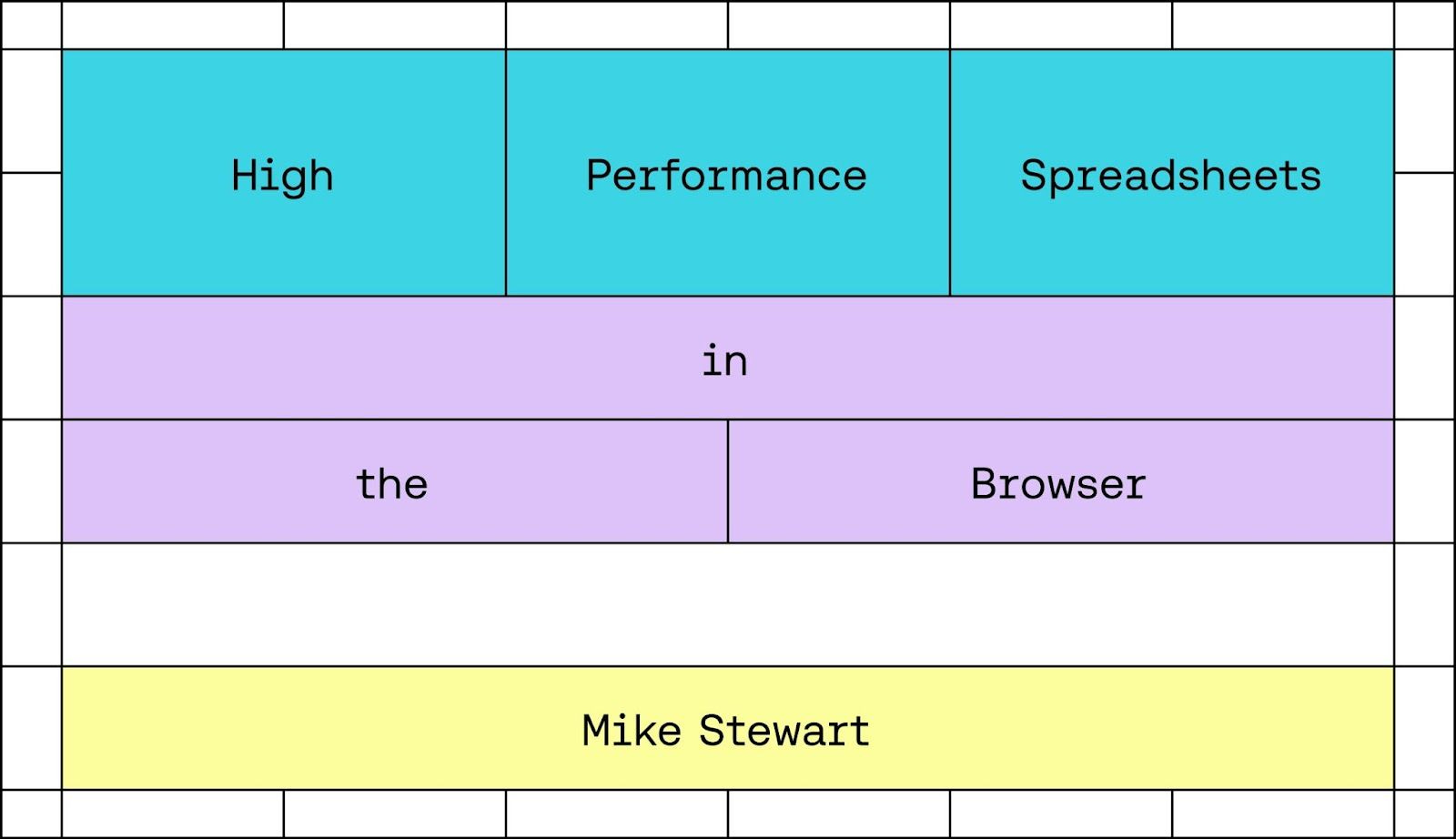E-commerce has emerged as a transformative force in the fashion retail industry, reshaping the way consumers shop for clothing and accessories. With the rise of digital marketing, omnichannel strategies, and advanced analytics, the landscape of online storefronts and e-commerce platforms has undergone a radical transformation. In this article, we will explore the impact of e-commerce on fashion retail, delving into key aspects such as customer experience, quick-commerce trends, and the role of technology in shaping the future of the industry.
The Rise of E-Commerce Platforms:
The advent of online shops has significantly altered the traditional retail model, giving consumers unprecedented access to a global marketplace. E-commerce platforms serve as virtual storefronts where consumers can browse, shop, and engage with their favorite brands from the comfort of their homes. This shift has led to the proliferation of e-shops, offering a diverse range of products and services catering to various target audiences.
Omnichannel Strategies:
Successful fashion retailers understand the importance of omnichannel strategies in today’s digital age. Combining physical stores with online commerce, brands aim to create a seamless customer journey. This integration allows customers to transition effortlessly between online and offline channels, enhancing their overall brand experience. An effective omnichannel approach not only boosts sales but also establishes a stronger connection with the target audience.
The Role of Digital Marketing:
Digital marketing plays a pivotal role in the success of e-commerce platforms. Brands leverage various digital channels to reach their target audience and create a compelling online presence. Social media platforms, search engine optimization (SEO), and email marketing are just a few examples of tools employed in e-commerce marketing. The ability to strategically use digital marketing allows fashion retailers to stay relevant and top-of-mind in the highly competitive online commerce landscape.
Customer Experience in E-Commerce:
Customer experience is a critical factor in the success of any e-commerce venture. Online shops must prioritize user-friendly interfaces, secure payment gateways, and efficient logistics to ensure a positive customer journey. The integration of technology, such as the Internet of Things (IoT), enables retailers to personalize the online shopping experience, providing tailored recommendations based on consumer preferences. This personalization enhances brand loyalty and encourages repeat business.
Fast Fashion and E-Commerce:
The concept of fast fashion has become synonymous with the e-commerce era. Brands like Shein.com have mastered the art of quick-commerce, rapidly bringing runway-inspired designs to online shops at affordable prices. The fast fashion model, enabled by efficient e-commerce logistics and supply chain management, satisfies consumer demand for trendy and accessible clothing. However, it also raises concerns about sustainability and the environmental impact of disposable fashion.
Advanced Analytics in E-Commerce:
E-commerce platforms harness the power of advanced analytics to gain valuable insights into consumer behavior. Retailers utilize data analytics to understand consumer sentiment, track online shopping patterns, and optimize marketing strategies. By leveraging data-driven decision-making, fashion brands can tailor their online shops to meet the evolving preferences of their target audience, ensuring a competitive edge in the dynamic e-commerce landscape.
Challenges in Online Commerce:
While e-commerce has revolutionized fashion retail, it is not without its challenges. The saturation of online shops, the need for robust cybersecurity measures, and the demand for a superior customer experience pose ongoing challenges for e-commerce platforms. Additionally, concerns related to data privacy and ethical practices in the fast fashion industry require careful consideration by both retailers and consumers.
The Future of E-Commerce in Fashion Retail:
As technology continues to advance, the future of e-commerce in fashion retail holds exciting possibilities. The integration of artificial intelligence (AI) and machine learning will further enhance the personalization of online shopping experiences. Augmented reality (AR) technologies may enable virtual try-on experiences, allowing consumers to visualize products before making a purchase. The ongoing evolution of e-commerce platforms will shape the retail landscape for years to come.
Conclusion:
E-commerce has undeniably transformed the fashion retail industry, offering consumers unprecedented access to a vast array of products and brands. The strategic implementation of digital marketing, omnichannel strategies, and advanced analytics has propelled online shops to the forefront of the retail landscape. As the industry continues to evolve, the symbiotic relationship between technology and fashion will drive innovation, redefine customer experiences, and shape the future of e-commerce in fashion retail.








